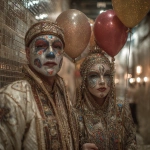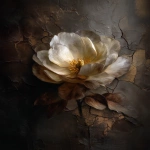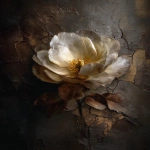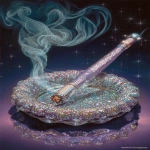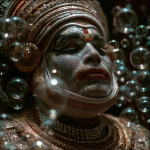Explore the Best AI Image Gallery
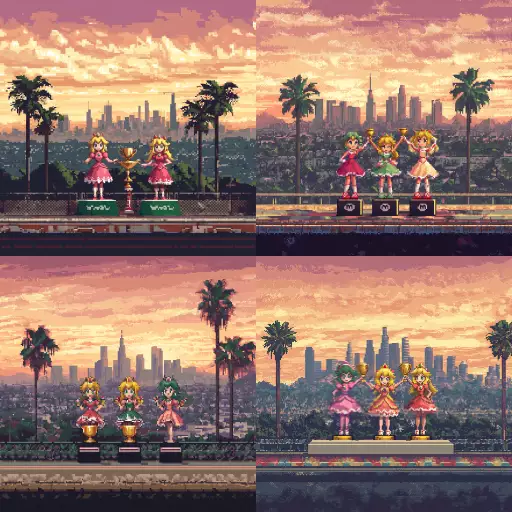
Pixels on Your Skin: How AI Image Creation Tools are Transforming the Creative Landscape
The art world is undergoing a seismic shift. Gone are the days when creativity was solely confined to human hands wielding brushes or sculpting clay. Today, artificial intelligence (AI) has entered the artistic realm, wielding algorithms and vast datasets to generate stunning images that blur the lines between imagination and technology. AI image creation tools, once a novelty, are rapidly becoming mainstream, sparking both excitement and debate about their impact on the creative industry.
A New Creative Canvas: Exploring the Potential of AI
These tools offer a playground for artists, designers, and anyone with a spark of creativity. Imagine crafting intricate landscapes, fantastical creatures, or personalized artwork with just a few words as prompts. AI can translate your ideas into visual realities, pushing the boundaries of traditional art forms.
- Concept Art & Visualization: AI can assist in generating initial sketches and concepts for films, games, and other visual media, helping artists visualize their ideas more effectively.
- Personalized Artwork: Create unique pieces tailored to individual tastes and preferences. Imagine generating a portrait in the style of your favorite artist or a landscape inspired by your dream vacation.
- Marketing & Advertising: Design eye-catching visuals for campaigns, websites, and social media, leveraging AIs ability to create diverse and engaging imagery.
The Ethical Dimensions: Navigating Uncharted Territory
While the possibilities are immense, the rise of AI image creation tools also raises ethical concerns that demand careful consideration:
- Copyright & Ownership: Who owns the copyright to AI-generated artwork? Is it the creator of the prompt, the developer of the AI tool, or the AI itself?
- Bias & Representation: AI algorithms are trained on vast datasets, which can contain biases that reflect societal stereotypes. This can result in AI-generated images that perpetuate harmful representations.
- Job Displacement: Will AI image creation tools replace human artists and designers, leading to job losses in the creative industry?
Shaping the Future: A Collaborative Landscape
The future of AI image creation lies in a collaborative approach that harnesses the power of technology while upholding ethical principles.
- Transparency & Explainability: Making AI algorithms more transparent and understandable can help address concerns about bias and ensure responsible use.
- Human-in-the-Loop Systems: Integrating human creativity and oversight into the AI process can enhance the quality and ethical considerations of generated images.
- Education & Awareness: Raising awareness about the capabilities and limitations of AI image creation tools is crucial for fostering informed discussions and responsible adoption.
Conclusion
AI image creation tools are revolutionizing the creative landscape, offering unprecedented opportunities for artistic expression and innovation. As we navigate this evolving terrain, its essential to embrace a collaborative approach that combines the power of technology with ethical considerations. By fostering transparency, promoting human oversight, and prioritizing education, we can ensure that AI empowers creativity while safeguarding the integrity of the artistic process.

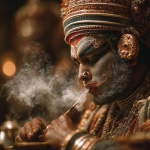
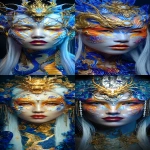


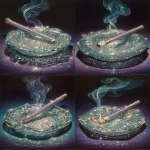

](https://images.ai-img.art/thumbnails/150/2fbd98ecfc425cfc1597779121e1c0305437067779e9c471eb64ff9615d5be98.webp)
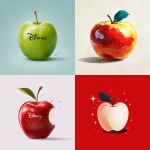
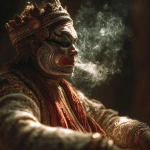
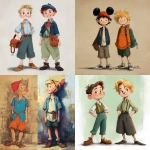
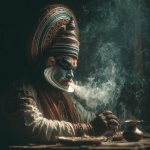
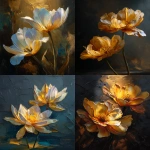
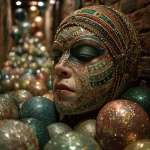
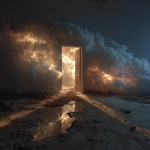
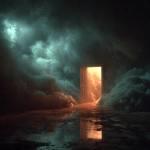
](https://images.ai-img.art/thumbnails/150/3020b8c2b6d9be07e042357107af1de10deb274a41d2b0f332684ad4b532a702.webp)

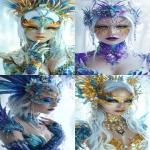
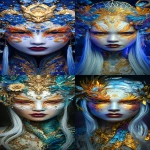

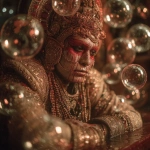

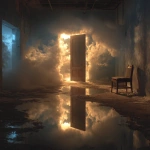
](https://images.ai-img.art/thumbnails/150/269414b0e541026702e9e67c67602c96162f37ff460a388b3b36314c8fc936dd.webp)
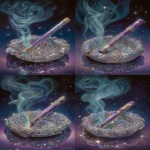
](https://images.ai-img.art/thumbnails/150/485c8b1c747827bdc9a962f8a1919b3c259b18dd263b260208a1eae19fb85e07.webp)
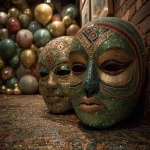
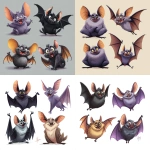
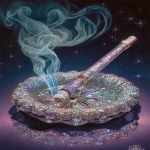
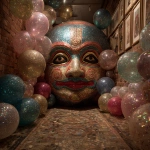
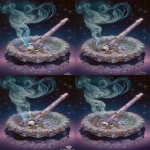



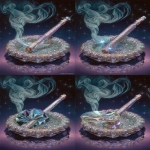

](https://images.ai-img.art/thumbnails/150/5197af8969d850e2a43e141d41e482ccbceedebceb2a4caf9f098f943f9d1b0f.webp)

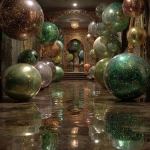

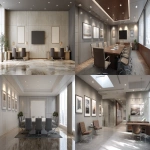
](https://images.ai-img.art/thumbnails/150/8d1fe5a7a49cfc96747182431a853357913286d89258383caab2d3b4681afcb5.webp)


